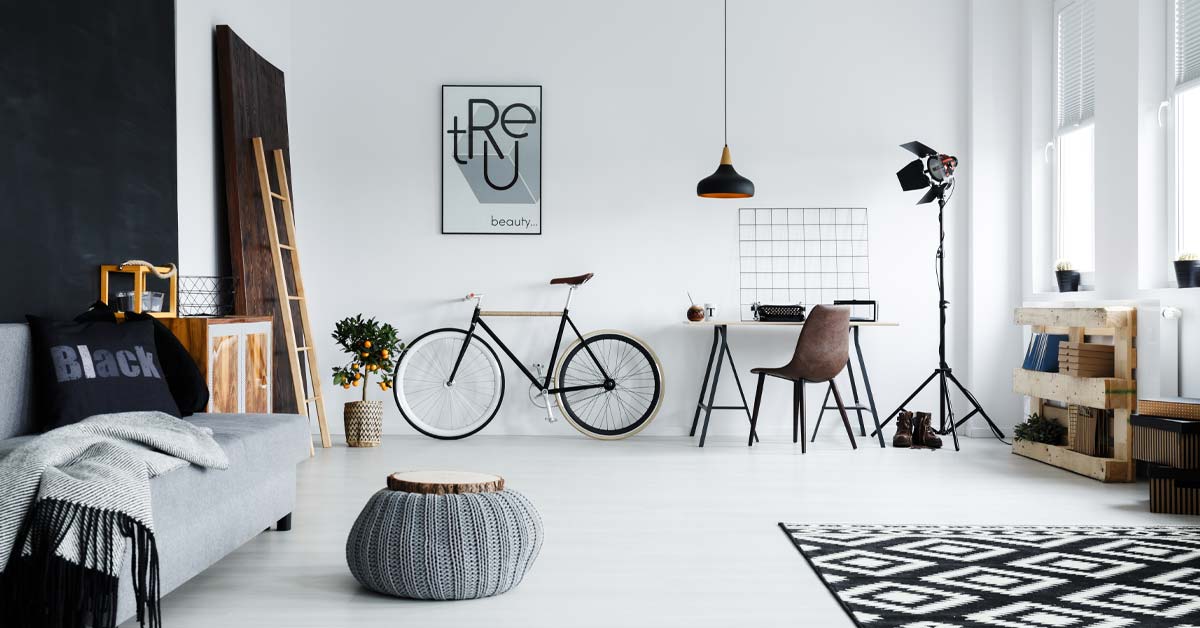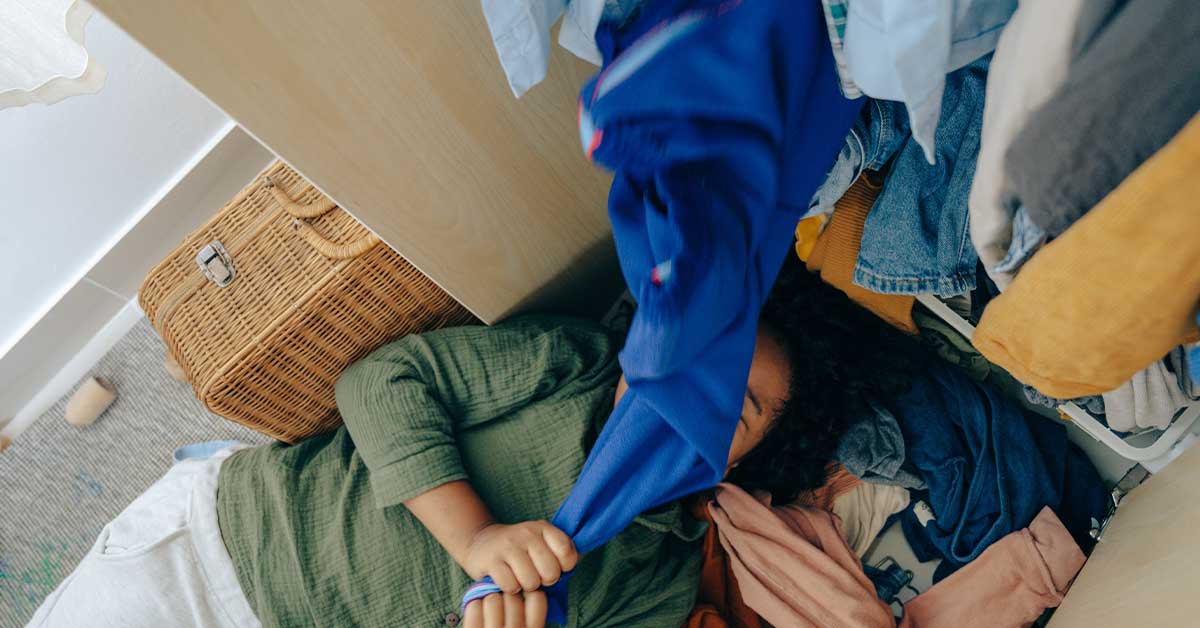Living in a studio apartment can be challenging since the bedroom and living room are combined. Depending on the space’s size, you have to find ways to live in a studio apartment effectively. We have come up with some valuable studio apartment living tips that will help you re-imagine small spaces.
Here are three tips and tricks for living in a studio apartment.
- Rent a storage unit
Since a studio apartment is minimal in space, it’s ideal to keep as few items in the apartment as possible. To do so, we recommend renting a storage unit. By renting a storage unit, you can store items that you seldom use or use them seasonally such as snowboarding equipment or camping gear and access these items whenever you need them.
At U-Lock Mini Storage, we offer storage units across Greater Vancouver and Greater Vancouver Island. We offer self storage Burnaby, self storage South Surrey and White Rock, self storage Chilliwack, self storage Nanaimo, self storage Parksville, and self storage Victoria. Book a storage unit today! Contact us if you have any questions.
- Buy multi-purpose furniture according to your lifestyle
Create a space where you can hang out with friends, watch TV, and work on your laptop. To do this, think multipurpose. Instead of buying a desk, a TV stand, and a bookshelf, install wall shelving that you can use for all three. Instead of buying a huge, bulky couch, get a couple of smaller armchairs. But before you buy anything, think of how you’re going to live in space.
Here are some questions to ask yourself:
- Do I need to work in this space? If so, how can I fit in a desk or use another area (like a dining table) to serve this purpose?
- Realistically, how many people will I have over for get-togethers? Make sure you have space for everyone to sit. If you only have one or two people over, a larger scale two-seater sofa should suffice. If you have more, think about a smaller couch in addition to floor poufs and accent chairs.
- Am I making the space do too much? Is there some functionality you could give up to make your apartment seem more streamlined? Perhaps you don’t need to have a gym studio in the corner. Maybe you can do your work at a coffee shop instead of in the apartment. Sometimes, a compromise can help your home base feel more serene.
- Declutter kitchen utensils and clean your kitchen often
In a studio apartment, your kitchen is probably going to be one of two things: a strip of cabinets against one wall of the living room, or a room so small there’s hardly enough space to open the refrigerator door all the way. How can you make it work? Consider doing the following.
- Only buy essential kitchen utensils.
Remember that you don’t really need a tofu press, and twelve different knives aren’t necessary. Don’t let your cabinets fill up with boxes of pasta and cans of vegetables that you’re never going to use.
- Clean your kitchen routinely
Whatever you do, do not let kitchen messes build up. Wash the dishes as you use them, throw out expired food right away and wipe down all your surfaces after cooking.










